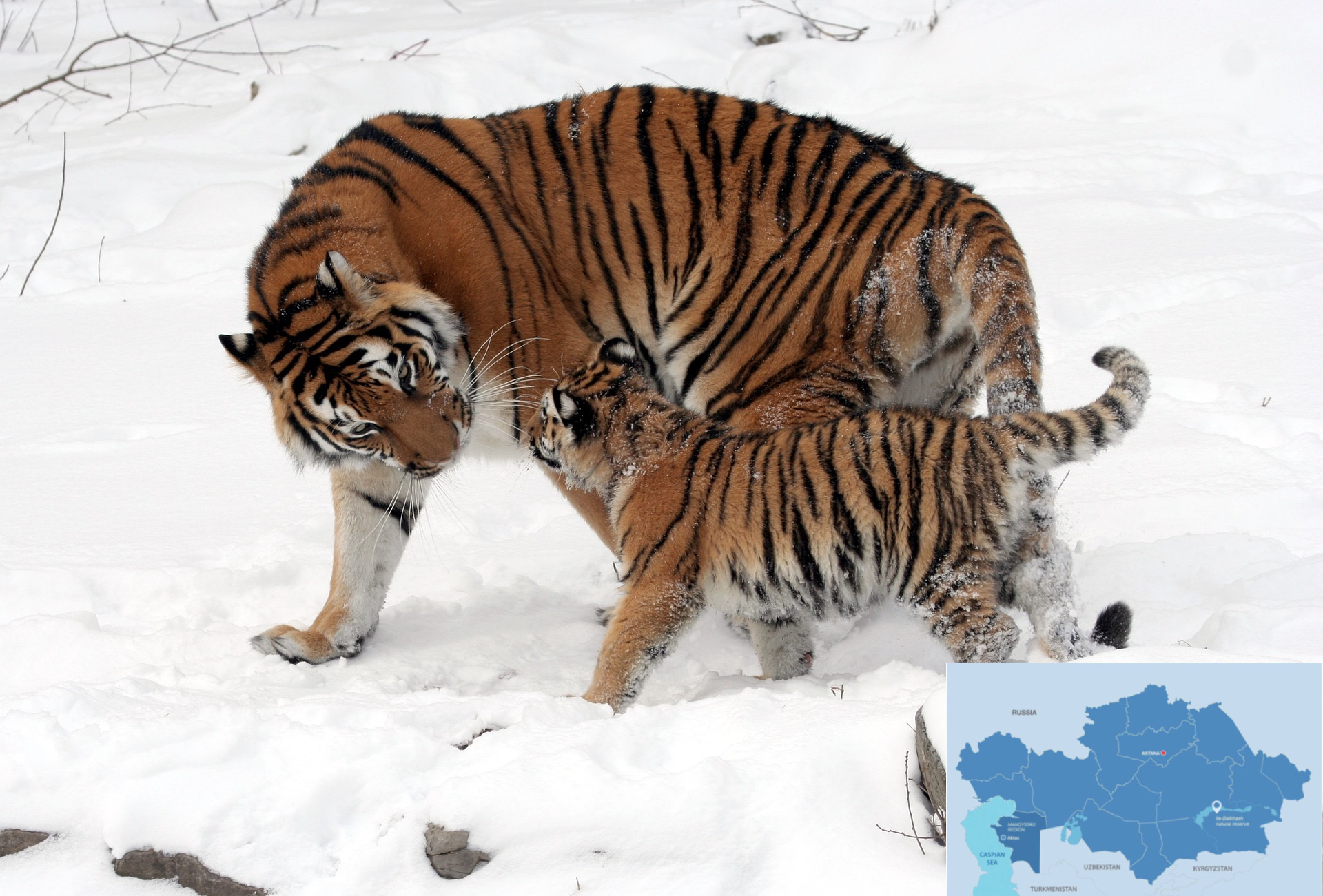ASTANA — Kazakhstan and Uzbekistan agreed to join efforts in fauna conservation, specifically in the Ustyurt Plateau region lying between the Aral Sea and the Amu Darya River, reported Kazinform on Feb. 13.
A corresponding memorandum was signed by the Uzbek Minister of Ecology, Environmental Protection and Climate Change Aziz Abdukhakimov and the Kazakh Deputy Minister of Ecology and Natural Resources Nurken Sharbiyev on the sidelines of the 14th Meeting of the Conference of the Parties (COP14) to the Convention on the Conservation of Migratory Species of Wild Animals (CMS) in Samarkand.
According to the Uzbek ministry, the document implies exploring opportunities for the sustainable use of wildlife resources and the development of ecotourism; training of specialists; measures to combat illegal and/or unsustainable capture of migratory animals; attracting investments; protection of migratory species of wild animals, including the goitered gazelle, Central Asian leopard, urial, kulan.
The Ustyurt Plateau is a clay and stony desert occupying an area of almost 200,000 square kilometers, shared by Turkmenistan, Uzbekistan and Kazakhstan. Rocky sand cliffs rise more than 300 meters across the plateau.
Kazakhstan created the Ustyurt Nature Reserve in 1984 on an area of 223,000 hectares. The reserve is aimed at preserving the natural complex of Ustyurt Plateau northern deserts, including rare species of fauna and flora. The Ustyurt Plateau is inhabited by 15 reptile species, 33 mammal species, 166 bird species and amphibian species.
Kazakhstan will also start reintroducing the Turanian tiger in 2026. The predator, which lived in the vastness of Central Asia and Transcaucasia, became extinct in the mid-20th century.
To restore the species, Amur tigers, which are closest to the Turanian, will be imported and placed on the territory of the Ile-Balkhash Nature Reserve. The work on the reintroduction of the Turanian tiger will be funded by the United Nations Decade on Ecosystem Restoration.


